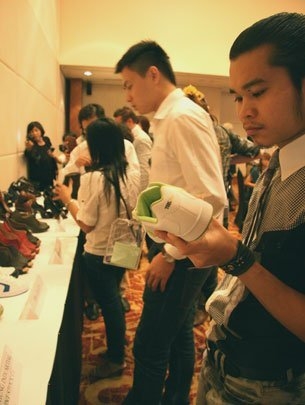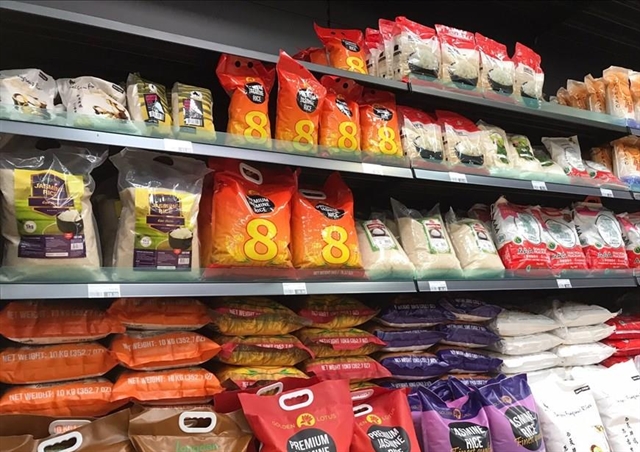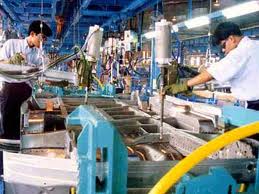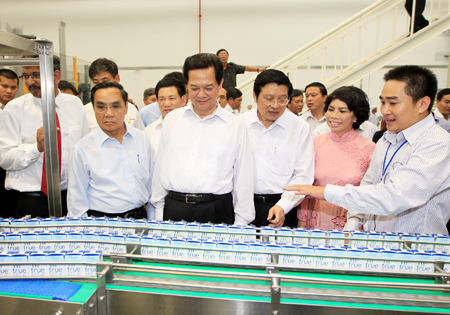VN can’t take full advantage of preferential tariffs to boost exports to EU
VN can’t take full advantage of preferential tariffs to boost exports to EU
Vietnam is one of the countries which can enjoy the new EU’s GSP (generalized system of preferences) to be applied as of January 1, 2014. However, analysts say Vietnam may not take full advantage of the preferential tariff to boost exports to the large market.

Many preferences offered
Under the new GSP, 89 countries, including Vietnam, would be able to enjoy the new preferential system, or the low tariffs, instead of the 176 countries currently.
In ASEAN, Malaysia would not enjoy the new GSP because of the country’s high average income. From 2014, fishes, vegetables, coffee, tea and cereals from China, the products made of fish and meat, processed food and drinks from Thailand, or some products made of oil from Indonesia would no longer enjoy the preferential tariffs when entering the EU market.
Vietnam, besides the products which currently enjoy the low tariffs, would see two more categories of products enjoy the preferential tariffs from January 1, 2014 – footwear and hats, umbrellas.
Until 2009, Vietnam[s footwear exports to the EU had enjoyed the GSP, but the preferences have been later removed because of the sharp exports increases.
Truong Dinh Tuyen, former Minister of Trade, said the preferential tariffs would help increase the exports to the EU and would have positive impacts in attracting foreign direct investment. Foreign investors would set up production bases in Vietnam to be able to enjoy the preferential tariffs when they export products to the EU.
How will Vietnam take full advantage of GSP?
According to Tran Ngoc Quan, Deputy Director of the European Market Department under the Ministry of Industry and Trade, Vietnam can only use up 40 percent of the preferences when exporting products to the EU currently, a low rate.
Explaining this, Quan said that the strict requirements of the GSP discourage Vietnamese businesses to use the preferences allocated to them.
“A lot of businesses give up the preferences because they find it difficult to follow the procedures,” Quan said.
“In some cases, businesses can enjoy the GSP with the 3-5 percentage point reductions. However, in order to be able to enjoy the preferential tax rates, businesses have to satisfy a series of requirements. And they decide to give up,” he explained.
Meanwhile, according to Quan, the regulations in the new GSP remain unchanged with the currently applied very strict requirements.
An expert from EU said at a recent workshop that machines and garments are the products that Vietnam can exploit the GSP at the lowest rate.
Meanwhile, Franz Jessen from the EU Delegation, told Thoi bao Kinh te Saigon reporters on the sideline of the same workshop that the new EU’s GSP would be more open, and that some Vietnamese products would certainly benefit from it, such as footwear products.
However, he said that in order to take full advantage of the preferential tariffs, Vietnam needs to increase the locally made content proportions. Meanwhile, Vietnamese enterprises still cannot find suitable materials from domestic sources and they have to use import materials.
Quan has noted that there is one point in the new GSP which is “more open” than the previous one: a category of products would be weeded out from GSP beneficiaries if the export turnover of the products to the EU exceeds 17.5 percent of the total export turnover of all the exporters which enjoy GSP in the same sector.
The 17.5 percent level is higher than the 15 percent stipulated in the previous GSP.
vietnamnet




















